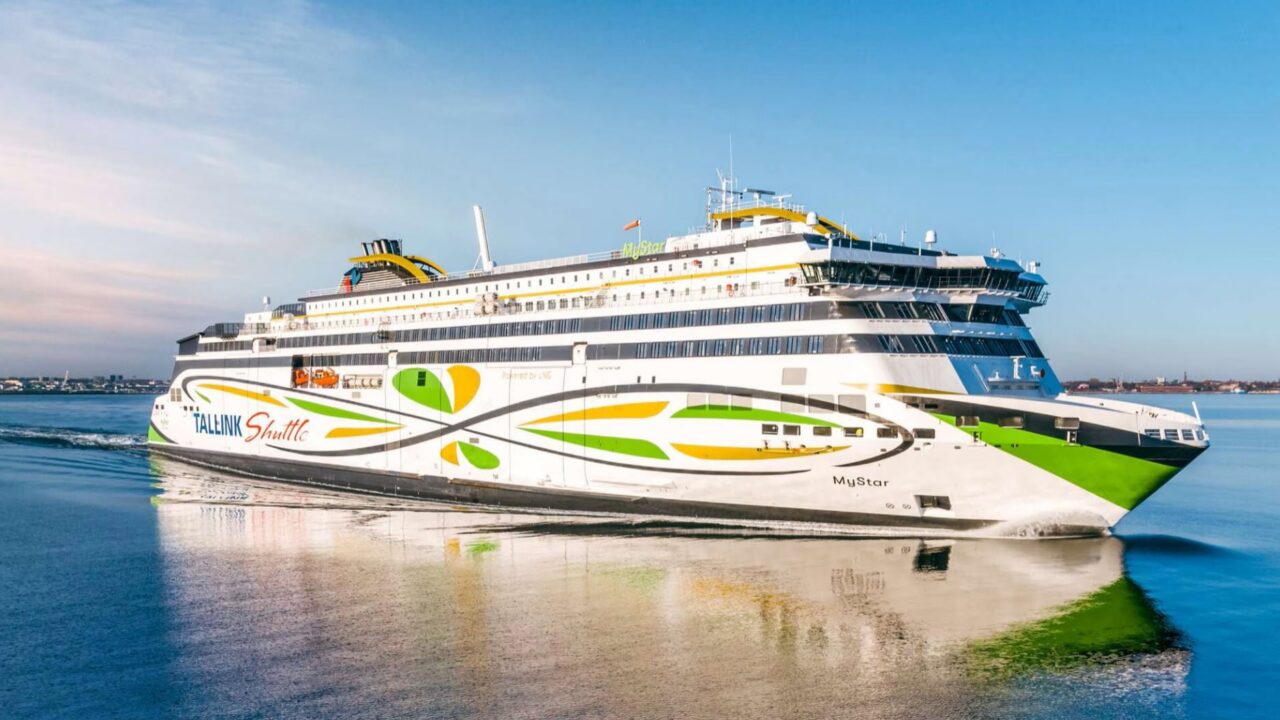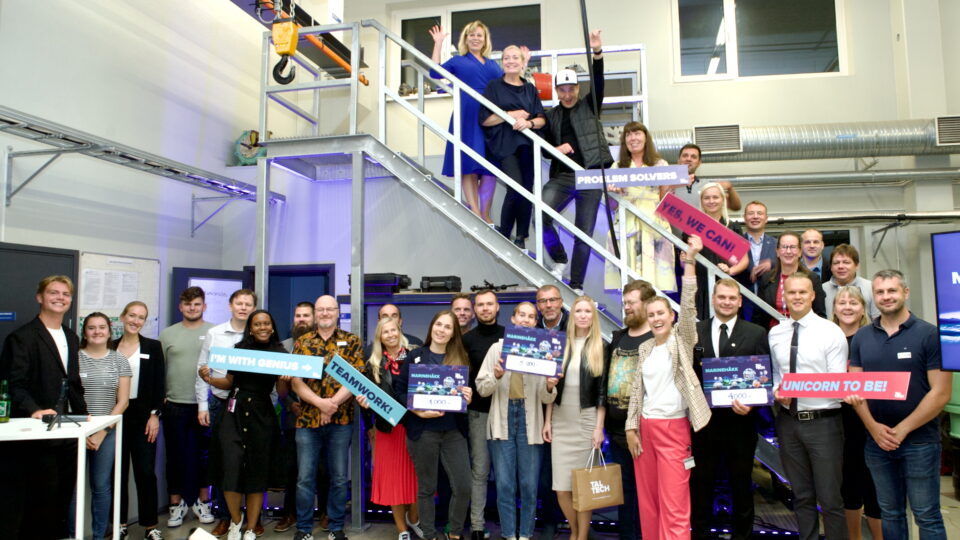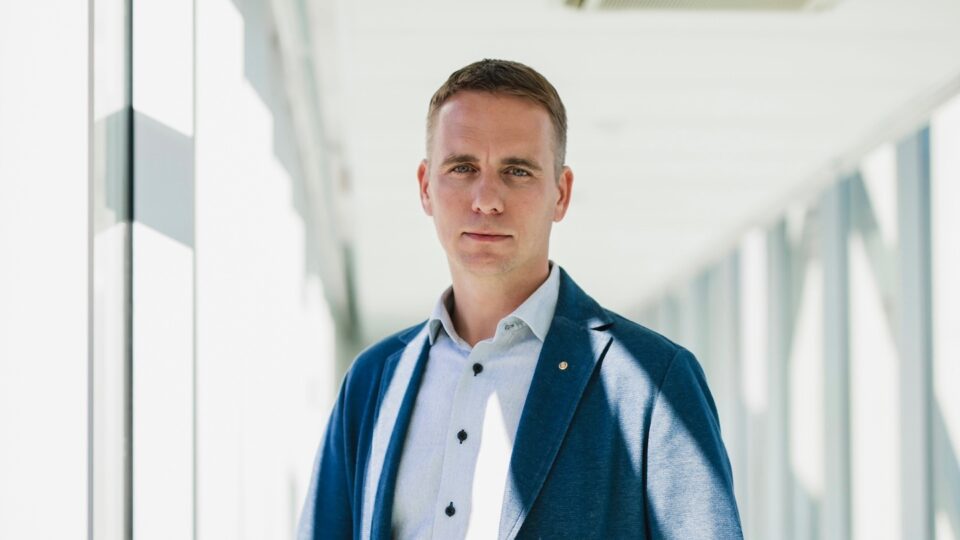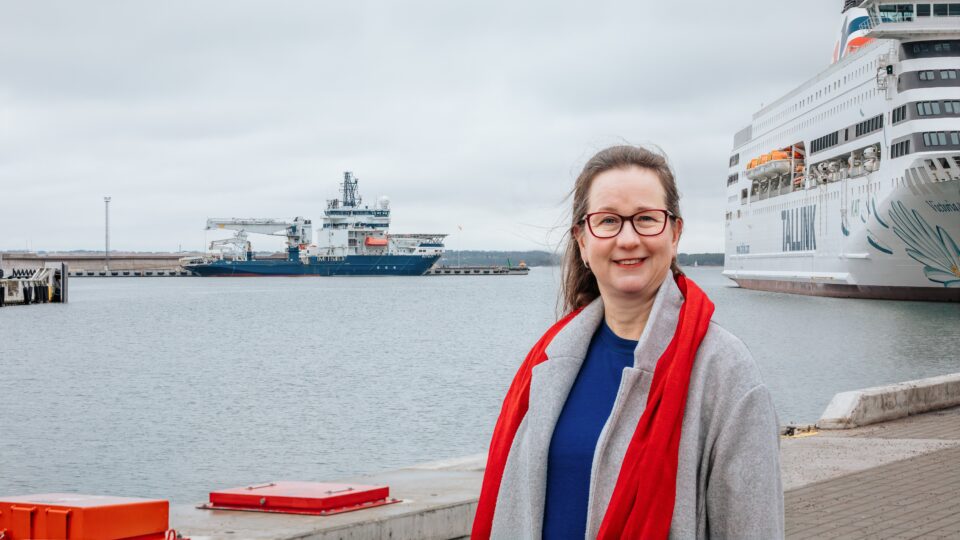Sina Atari’s doctoral journey began as part of the large European EnviSuM project, coordinated by his supervisors. Rather than a topic he chose independently, it was an opportunity to apply financial engineering principles to the maritime sector, contributing to the further development of maritime economics by bridging two traditionally separate fields.
As his research unfolded, Atari realized that capital budgeting in maritime investment had been largely overlooked. “I was surprised to discover how little attention has been given to capital investment and budgeting methods in general compared to capital markets,” he reflected. It was also striking to see that maritime investments – similar to other capital-intensive sectors like power plants and heavy industries – show limited adoption of advanced investment evaluation methods. These methods remain underdeveloped and are not widely applied in either industry practice nor academic research.
Sustainability demands, capital challenges
At the heart of maritime sustainability lies the urgent need to cut harmful emissions – sulfur dioxide, nitrogen oxides, and CO₂ – aligning with the International Maritime Organization’s target of net-zero emissions by 2050. For shipping companies, this entails retrofitting existing vessels, adopting alternative fuels, and investing in greener ships as well as sustainable port infrastructure. But these ambitions come at a cost. Atari pointed out that new-built ships sailing between Tallinn and Helsinki, for example, can cost over €200 million each. This level of capital intensity puts shipping on par with industries like petrochemicals or power generation. And unlike other high-tech sectors, the maritime world often operates on thin margins, making returns on green investments harder to achieve.
He noted that some progress is visible: companies like Tallink and Viking Line, headquartered in Estonia and Finland and operating in Northern Europe – mainly in the Baltic Sea region, connecting countries such as Estonia, Finland, Sweden, and the Åland Islands – have already introduced LNG-powered ships to reduce emissions and enhance sustainability.
However, scaling such innovations globally would require not just private investment but also substantial government support.
“I was surprised to discover how little attention has been given to capital investment and budgeting methods in general compared to capital markets.”

The author of the doctoral thesis, Sina Atari, emphasizes that the green transition in shipping requires both innovation and stronger cooperation between companies and researchers. Photo: Private collection
Balancing profitability and environmental progress
A central tension Atari explored is the trade-off between going green and staying competitive. While the Baltic Sea region shows encouraging progress, global efforts remain uneven. According to him, profitability takes a hit when sustainability measures increase costs – particularly when shipping competes not just with other shipping lines but also with alternative transport modes like air freight or road cargo. “We can’t impose very strict rules on shipping without aligning them with other transport sectors, or else we risk distorting the entire market,” Atari cautioned.
Moreover, the sourcing of so-called greener fuels such as LNG and methanol complicates the environmental picture. In many regions, the bunkering infrastructure for these fuels remains underdeveloped. In the case of LNG, it is clear that natural gas is used, for methanol, unless it is green methanol, production is often still heavily reliant on fossil sources such as coal and natural gas. „This raises valid concerns about the overall lifecycle emissions of these fuels and their actual environmental benefits. Similarly, while the electrification of fleets is gaining momentum, the extent to which the electricity used is fully renewable varies significantly across regions.“ Unless ships are recharged entirely with 100% green electricity, fully electric or battery-powered vessels may still carry a considerable carbon footprint, thereby challenging their perceived sustainability.
“We can’t impose very strict rules on shipping without aligning them with other transport sectors, or else we risk distorting the entire market.”
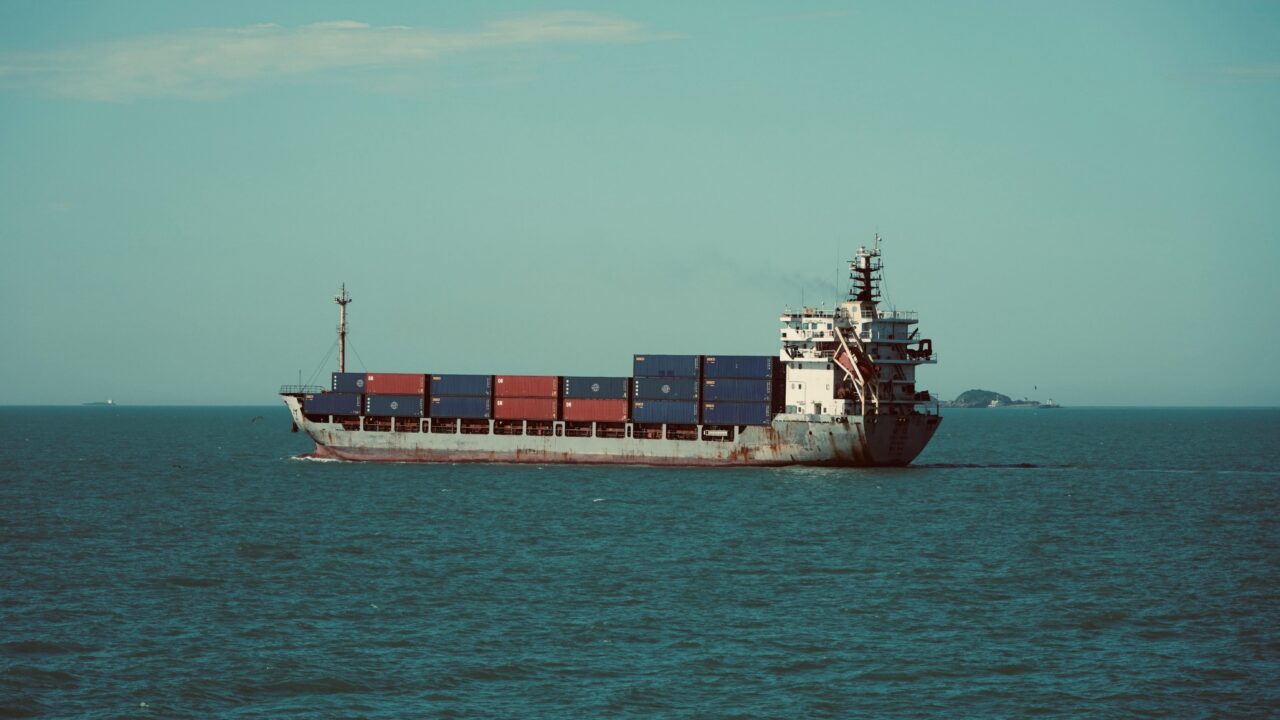
The green transition in shipping is not limited to the Baltic Sea – global cargo transport also requires costly innovations. Photo: Pexels
The missing link: stronger collaboration
Atari believes that one of the keys to better risk management and sustainability lies in stronger cooperation between academia and industry. While manufacturing and high-tech companies in Estonia and Nordic countries are often open to collaboration, shipping companies and ports tend to be conservative, sharing little financial or operational data with researchers. “Ports and shipping lines are very strict; they don’t reveal much information or engage with academics like other sectors do,” he observed.
For progress to accelerate, he argues, companies need to become more transparent about their investment plans and financial strategies, creating space for joint problem-solving.
“Ports and shipping lines are very strict; they don’t reveal much information or engage with academics like other sectors do.”
Looking ahead, Atari sees electrification, advanced battery technologies, and port bunckering and recharging automation as the most promising trends. Still, he cautioned that achieving cost-effective, large-scale transformation will take time and innovation. “We’re already seeing LNG becoming more common, but the journey towards widespread electrification still needs time – and a lot of innovation,” he noted.
Atari’s research paints a vivid picture of an industry at a turning point. The shipping sector must modernize to meet environmental goals, but doing so means navigating complex financial waters. Without coordinated international policies, government backing, and stronger academic-industry ties, the sector may struggle to stay both green and profitable. “If companies want to go greener, they face higher costs, which can reduce profitability,” Atari concluded.
His work offers both a warning and a roadmap, urging stakeholders to embrace collaboration and systemic thinking as they chart a sustainable course for the decades to come.
“If companies want to go greener, they face higher costs, which can reduce profitability.”

